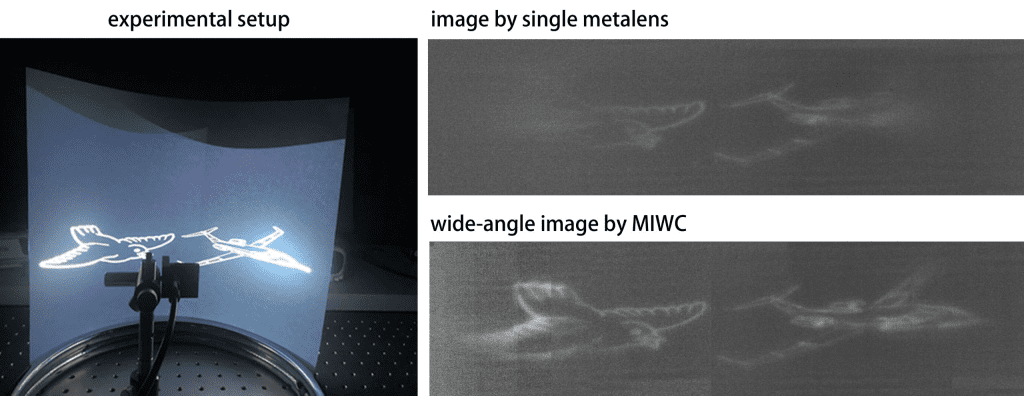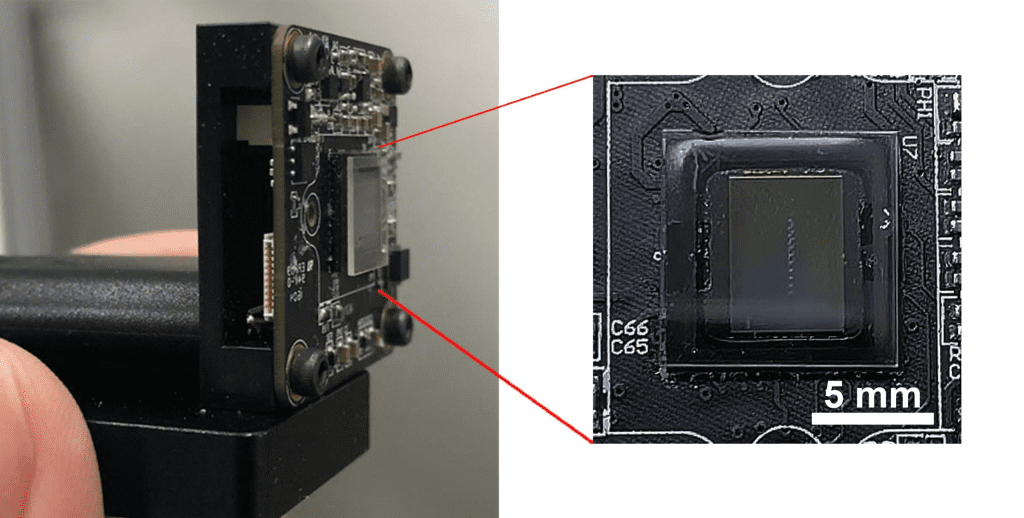Newly Created Wide-Angle Camera With An Array Of Metalenses – Could Fit Into Smartphones
The need for bulky and heavy cameras for high-quality images will soon be outdated, thanks to researchers’ new compact camera design. The new camera uses an array of metalenses to capture wide-angel photos of high resolution. This unique design can incorporate wide-angle cameras into portable imaging devices for vehicles, drones, and even smartphones.

Tao Li and his colleagues from Nanjing University, China, have developed an ultrathin camera for high-impact research. Published in Optica Publishing Group journal, the new camera is 0.3 cm thick with a viewing angle of over 120 degrees. This enables it to create very clear images of any scene.
You need a wide-angle imaging lens to capture high-quality images of large amounts of information. Wide-angle imaging also improves the performance and safety of drone-based surveillance, autonomous driving vehicles, and other machine vision applications. For example, a wide-angle imaging lens can reveal obstacles you could hardly see when reversing your vehicle.
Tao Li said, “We used an array of metalenses to create an extremely compact wide-angle camera that each captures certain parts of the wide-angle scene.” He added, “the images are then stitched together to create a wide-angle image without any degradation in image quality.”
Miniaturizing the wide-angle lens
To create wide-angle imaging, you usually need a fish eye compound lens or any other multilayer lens. Researchers have been trying to create wide-angle cameras using metalenses, but image quality is always poor, among other setbacks.

Li and his team used an array of metalenses carefully designed to focus on a different range of illumination angles to create the lens. With this, each lens can clearly capture part of a wide-angle scene or object. Afterward, high-quality parts of each captured image are stitched together computationally to create the final work.
Li indicated the flexible design of the metasurfaces allows independent optimization of each lens for focusing and imaging performance. This, according to him, creates a high-quality image after stitching.
